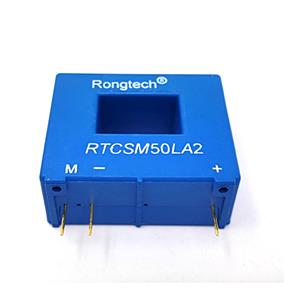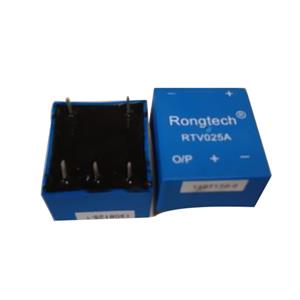Applications of Leakage Current Sensors
Applications of Leakage Current Sensors
Leakage current sensors play a crucial role in ensuring electrical safety and efficient power management across various industries and applications. These sensors are designed to detect and measure small - amplitude currents that may flow when there is an unintended electrical path, such as through insulation breakdown or grounding issues.
1. Electrical Power Distribution Systems
In power distribution networks, both at the utility - scale and in industrial and commercial buildings, leakage current sensors are essential. In utility power grids, they help in monitoring the integrity of transmission lines and substation equipment. A sudden increase in leakage current can indicate potential problems like insulation failure in high - voltage cables or transformers. For example, if the insulation of a long - distance high - voltage power line deteriorates due to aging or environmental factors, the leakage current will rise. By detecting this change early with a sensor, utility companies can take preventive measures, such as scheduling maintenance or replacing the faulty components, to avoid power outages and ensure the reliable supply of electricity to consumers.
In industrial and commercial buildings, leakage current sensors are installed in electrical panels. They continuously monitor the leakage current in the electrical circuits feeding various loads, such as machinery, lighting systems, and office equipment. If the leakage current exceeds a pre - set safety limit, it can trigger an alarm or even trip the circuit breaker, protecting the building's occupants from the risk of electric shock and preventing damage to expensive electrical equipment.
2. Medical Equipment
Medical devices are highly sensitive to electrical interference and leakage current, as they are in direct contact with patients. Leakage current sensors are widely used in medical equipment manufacturing and hospital settings. In devices like electrocardiogram (ECG) machines, defibrillators, and patient monitors, even a small amount of leakage current can pose a serious threat to patient safety. These sensors are used during the design and production of medical equipment to ensure that the devices meet strict safety standards. In hospitals, regular monitoring of the leakage current in medical equipment using these sensors helps in maintaining the reliability and safety of patient care. For instance, if a defibrillator has a faulty component causing an abnormal leakage current, it could potentially harm a patient during treatment. The sensor can quickly detect this issue and alert the maintenance staff for repair or replacement.
3. Consumer Electronics
With the increasing complexity and miniaturization of consumer electronics, leakage current sensors are also finding their place. Smartphones, tablets, laptops, and other portable devices rely on high - density electronic components and compact battery designs. Leakage current sensors are used in the charging circuits of these devices to prevent overcharging and to detect any abnormal leakage current that could lead to battery overheating or even explosion. In addition, in home appliances such as refrigerators, washing machines, and air conditioners, these sensors are used to monitor the electrical safety of the internal circuits. For example, in a refrigerator, if there is a short - circuit or insulation problem in the compressor motor's wiring, the leakage current sensor can detect it and stop the motor operation to prevent further damage and potential fire hazards.
4. Renewable Energy Systems
Renewable energy sources like solar and wind power systems also benefit from the use of leakage current sensors. In solar photovoltaic (PV) systems, the DC circuits can be prone to leakage current due to factors such as moisture ingress, insulation degradation of the PV modules, and improper grounding. Leakage current sensors are installed to monitor the DC leakage current between the PV array and the ground. If the leakage current is too high, it can reduce the efficiency of the PV system and also pose a safety risk. Similarly, in wind turbines, which often operate in harsh environments, leakage current sensors are used to detect any electrical faults in the generator circuits, power conversion systems, and control circuits. This helps in ensuring the long - term reliability and safety of the renewable energy infrastructure.
In conclusion, leakage current sensors are indispensable in a wide range of applications. Their ability to accurately detect and measure leakage currents makes them a key component in maintaining electrical safety, protecting equipment, and optimizing the performance of various electrical and electronic systems. As technology continues to advance, the demand for more accurate, reliable, and cost - effective leakage current sensors is expected to grow further.




